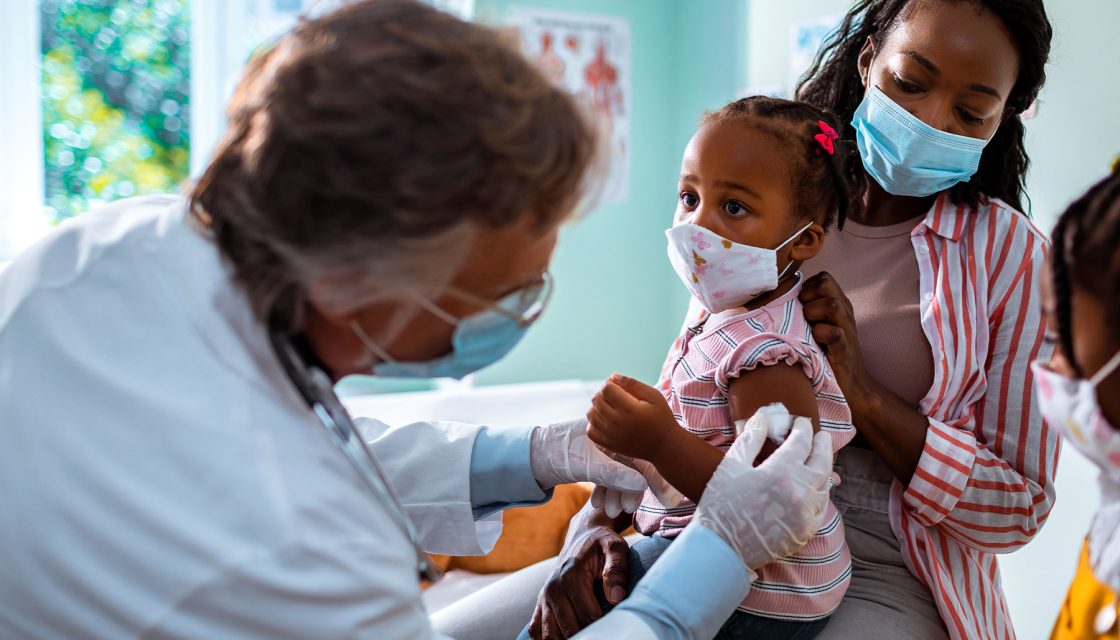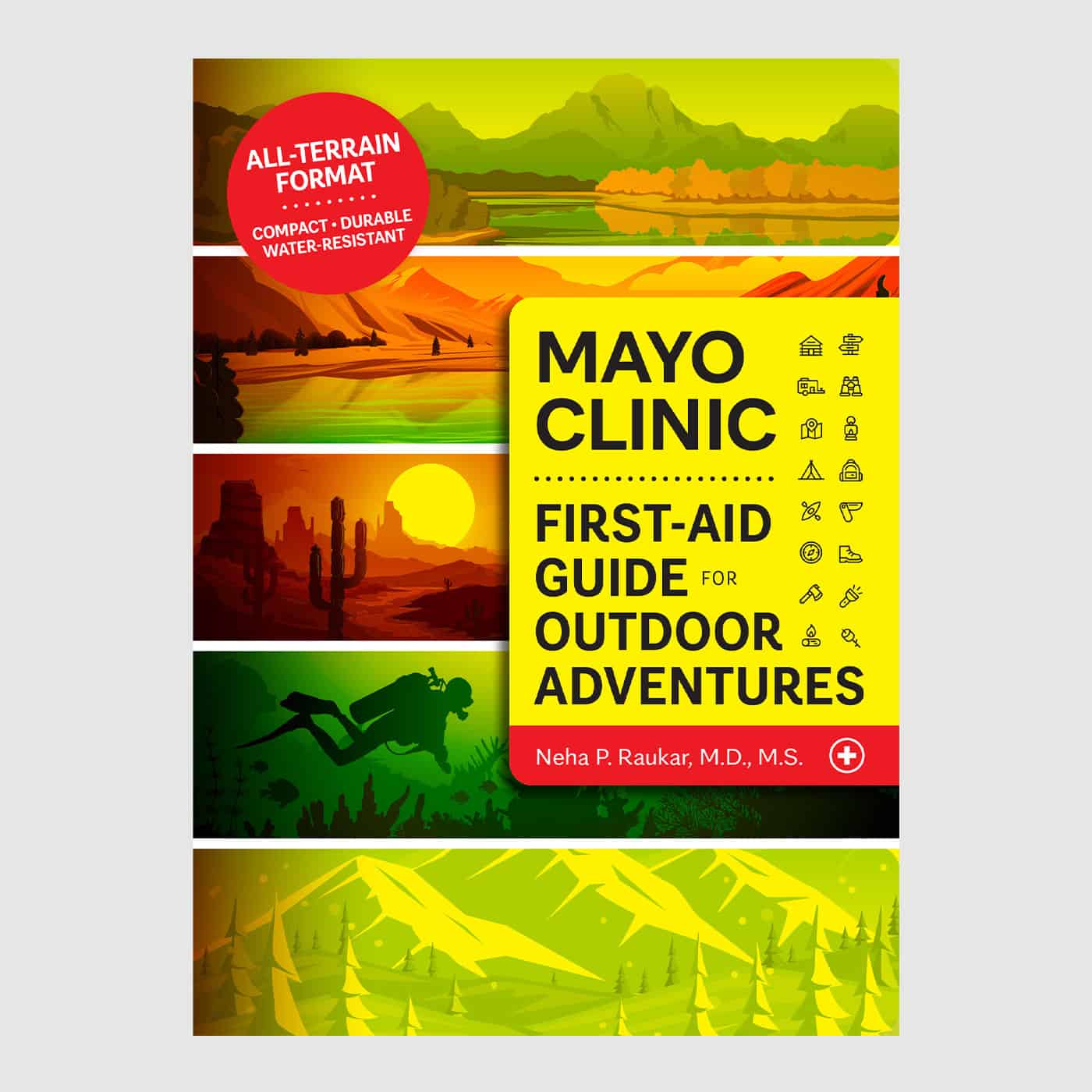
Mayo Clinic does not endorse companies or products. Advertising revenue supports our not-for-profit mission.
There are many reasons someone may be hesitant to receive a vaccination, ranging from fear of needles to healthcare costs. In recent years, some people have felt increasingly nervous or even suspicious about vaccinations, including about how they work, what side effects they may have and whether they are truly necessary. Understanding how vaccines work — and the guardrails that exist to ensure vaccinations are safe and effective — can help you make informed decisions about your and your family’s health.
For those who need it, the pneumococcal vaccine is particularly important because it can prevent invasive pneumococcal disease caused by Streptococcus pneumoniaebacteria. These bacteria can cause a number of illnesses, including serious, sometimes life-threatening infection of the lungs (pneumonia), infection of the lining of the brain and spinal cord (meningitis), and infection of the bloodstream (bacteremia). In addition, the bacteria can cause milder illnesses like sinus and middle ear infections. Anyone can get a pneumococcal disease — the bacteria spread through saliva and mucus — and it’s possible to become infected more than once.
Vaccines are the most effective way to prevent invasive pneumococcal diseases — and they’re some of the safest, most tried-and-true medicines available, according to Mayo Clinic expert and pediatrician Robert M. Jacobson, M.D.
Who should get the vaccine and when?
The Centers for Disease Control and Prevention (CDC) recommends vaccination based on two main factors — age and the presence of certain risk factors. As a result, there are four groups of people who should get vaccinated.
Children under 5 years of age.
Young children, especially those under the age of 2, are more vulnerable to the sometimes life-threatening forms of pneumococcal disease such as meningitis and bacteremia. As a result, it’s recommended that all infants get routine pneumococcal vaccination. In the United States, children should receive three priming doses and a booster shot of either the 15-valent pneumococcal conjugate vaccine (PCV15) or the 20-valent pneumococcal conjugate vaccine (PCV20.) Typically, the first dose is administered when a child is 2 months old, the second dose at 4 months, the third dose at 6 months, and the final booster dose between 12 and 15 months of age. If your child received the 13-valent pneumococcal conjugate vaccine (PCV13), which is no longer manufactured, your child’s healthcare team may complete the series with PCV15 or PCV20.
With infants, Dr. Jacobson says vaccination timing is especially important. “For this particular vaccine, a child has to be at least 6 weeks old for the vaccine to take effect,” he says. “The minimum wait periods between doses matter here as well. You can’t get all the doses three days apart. The body needs time to act on each dose before recognizing the next.” In other words — keep track and stick to the recommended vaccination schedule. Falling behind on the schedule complicates vaccine catch-up and leaves the child at risk of pneumococcal infection.
Children ages 5 to 18 years with certain risk factors.
Some children and teens need more vaccinations to adequately protect them from pneumococcal infection. Chronic conditions including asthma, diabetes, sickle cell disease and other inherited blood disorders, HIV, cancer, or any immunocompromising condition can increase the risk of pneumococcal disease. The exact timing, dose and type of vaccine depends on the child and which pneumococcal vaccinations have already been given.
Adults age 65 and over.
As with children, older adults are more vulnerable to serious, invasive forms of pneumococcal disease. For those who have never received a PCV, the CDC advises getting PCV15, PCV20 or the 21-valent pneumococcal vaccine (PCV21). Those who get PCV15 need an additional dose of pneumococcal polysaccharide vaccine (PPSV23) for full protection.
Some adults may have received an older version of the vaccine, such as 7-valent pneumococcal vaccine (PCV7) or PCV13. If you received one of these or if you’re not sure about your vaccination history, speak with your healthcare team about your options.
Adults ages 19 to 64 with certain risk factors.
Adults with certain conditions often benefit from receiving the pneumococcal vaccine. Adults with chronic conditions such as heart, kidney, liver or lung disease, diabetes, damaged spleen, kidney failure, HIV, inherited blood disorders, or any immunocompromising condition are at greater risk of pneumococcal disease. Additionally, adults who smoke cigarettes or who have alcohol use disorder (often called alcoholism) are at an increased risk. In these situations, healthcare professionals usually recommend PCV20 or PCV21, or PCV15 followed by PPSV23.
The exact details, vaccination type and timing of a vaccine series can be a bit confusing. But the takeaway is that if you are a parent of a child under 5 or a child of any age who is immunocompromised, you should talk with your child’s healthcare team about getting on track with vaccinations. Likewise, if you are an adult with a chronic condition or you’re 65 or older, it’s time to discuss your options.
Do I need more than one pneumococcal vaccine to be fully protected?
The number of doses and type of vaccine needed depends on your age, situation and vaccination history.
For children starting vaccination at 2 months of age, Dr. Jacobson confirms that all four doses are required to protect the infant and toddler when they are at the highest risk. For infants and toddlers who miss the recommended series, fewer doses are needed to catch up. Children 2 years and older need only one dose. Adults may need 1 to 3 doses depending on age, risk factors, previous vaccination and vaccines available. If, for example, an adult 65 or over receives the PCV20 or PCV21 vaccine, Dr. Jacobson says that one shot may be all that’s ever needed to prevent invasive pneumococcal disease for life.
If you are hesitant about getting multiple doses or have an aversion to needles, share your concerns with your healthcare team and determine the best, most protective path forward.
What are the common side effects of pneumococcal vaccines?
As with all medications, there is the potential for side effects with pneumococcal vaccination — most of which go away on their own. Mild side effects may include redness or tenderness at the site of the vaccination, fever or chills, irritability in children, muscle aches, and general tiredness.
Rarely, it’s possible to experience a severe allergic reaction. “With these vaccines, a life-threatening allergic reaction is extremely uncommon. This looks like hives, wheezing, fainting, vomiting, and swelling of the eyelids and mouth,” Dr. Jacobson says. “A severe reaction would usually happen within 5 to 15 minutes of getting the vaccine.” Review your allergy history with your healthcare team before receiving the pneumococcal vaccine.
If you’re considering getting vaccinated but aren’t sure if you’re up to date or what you may need, the CDC has an online tool for pneumococcal vaccinations to help get you started. But as always, talking with your healthcare team directly is the best way to get advice for your situation.
Mayo Clinic does not endorse companies or products. Advertising revenue supports our not-for-profit mission.

Relevant reading
Mayo Clinic First-Aid Guide for Outdoor Adventures
The first-ever first-aid book from medical experts at Mayo Clinic, the most trusted name in medicine. Welcome to the jungle! Or the mountains! Or the high seas! Wherever your travels take you, Mayo Clinic First Aid Guide for the Outdoor Adventures is here to help you survive your next trek…




















